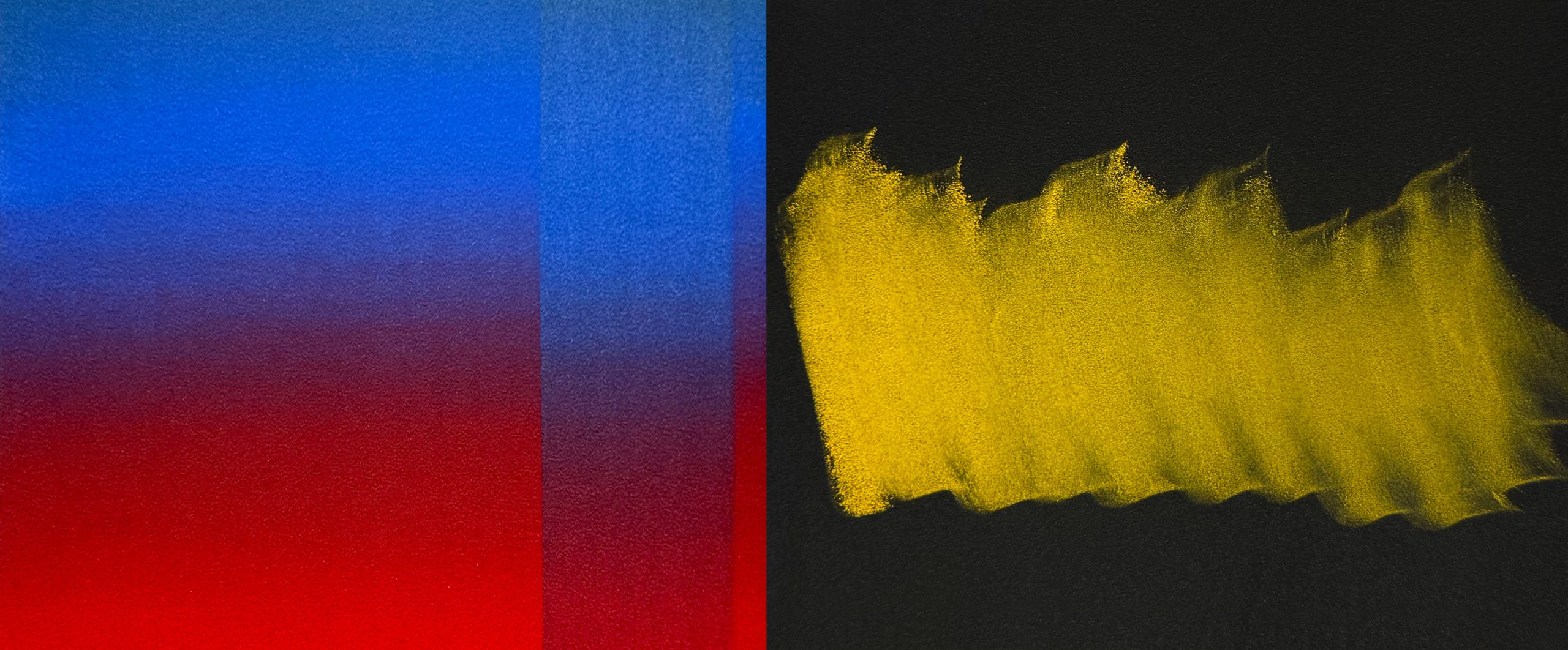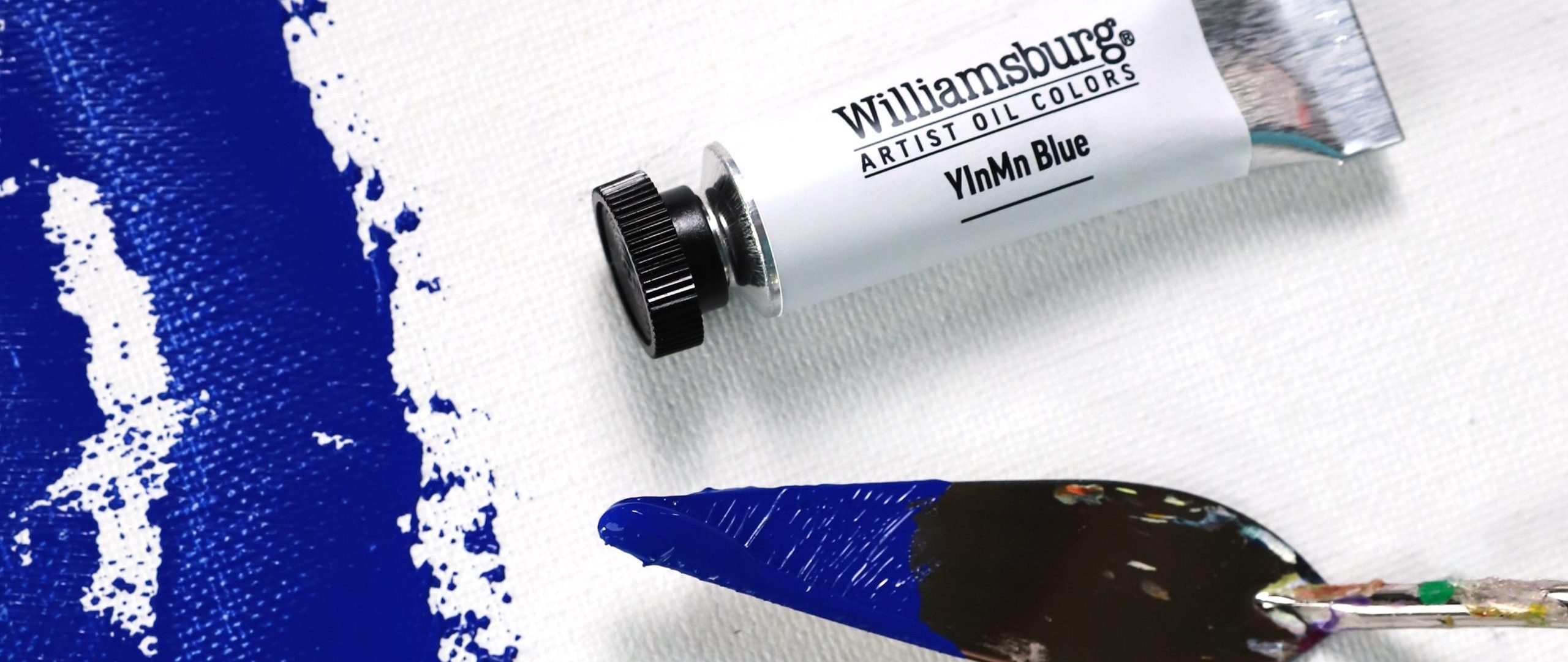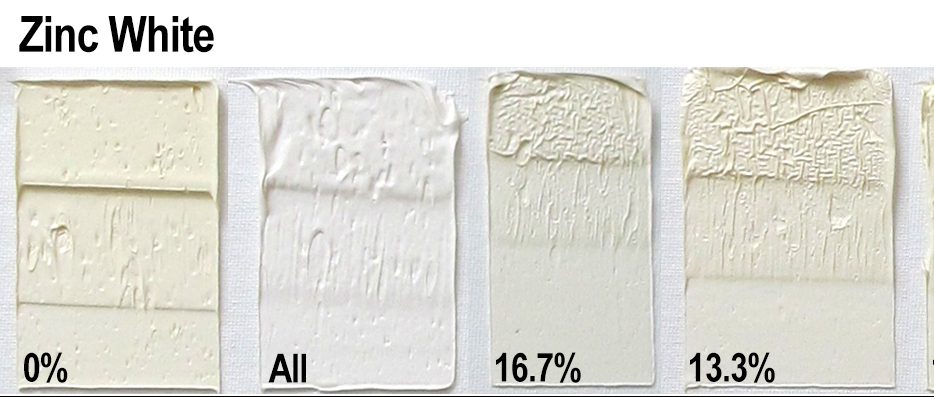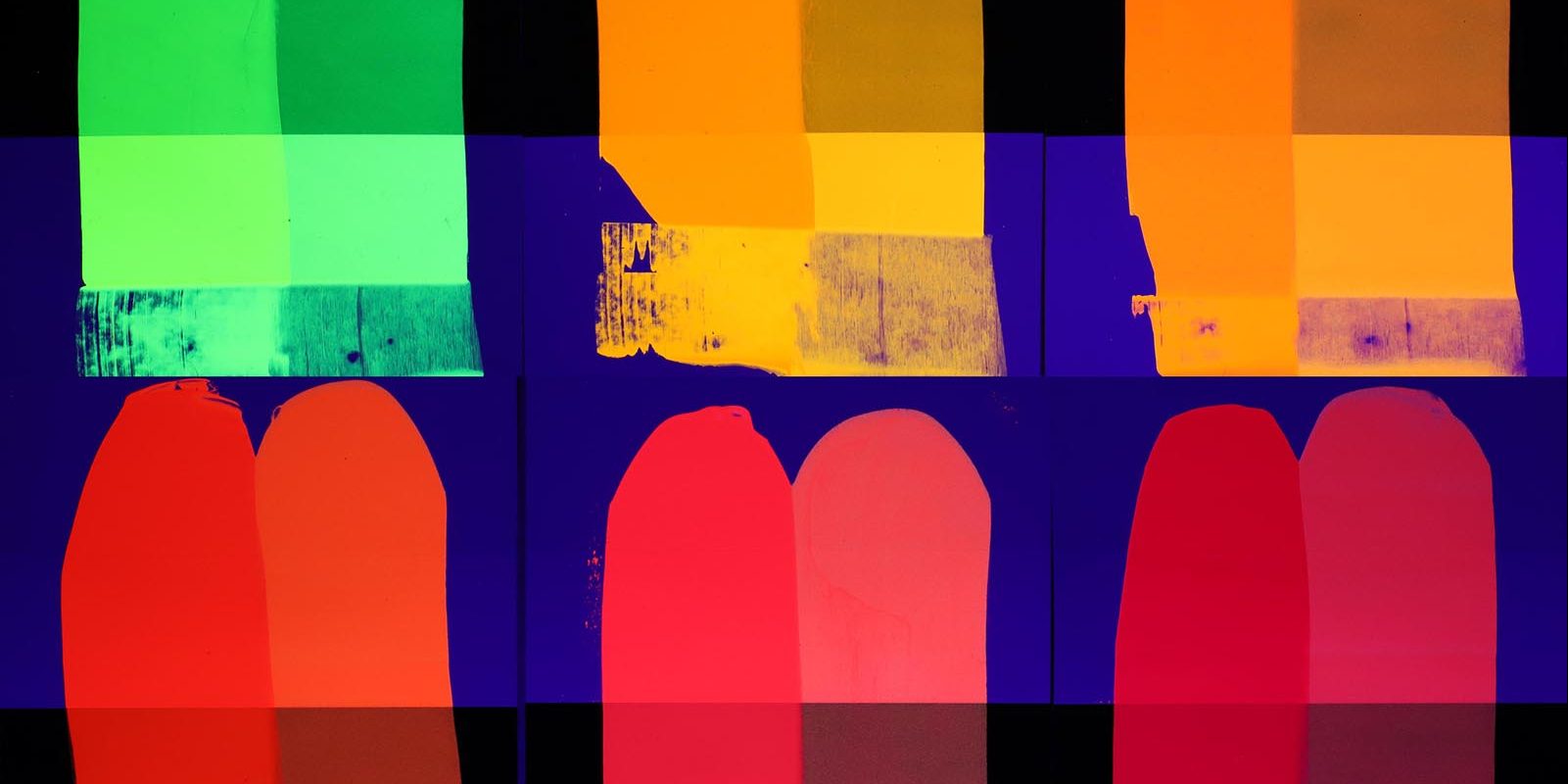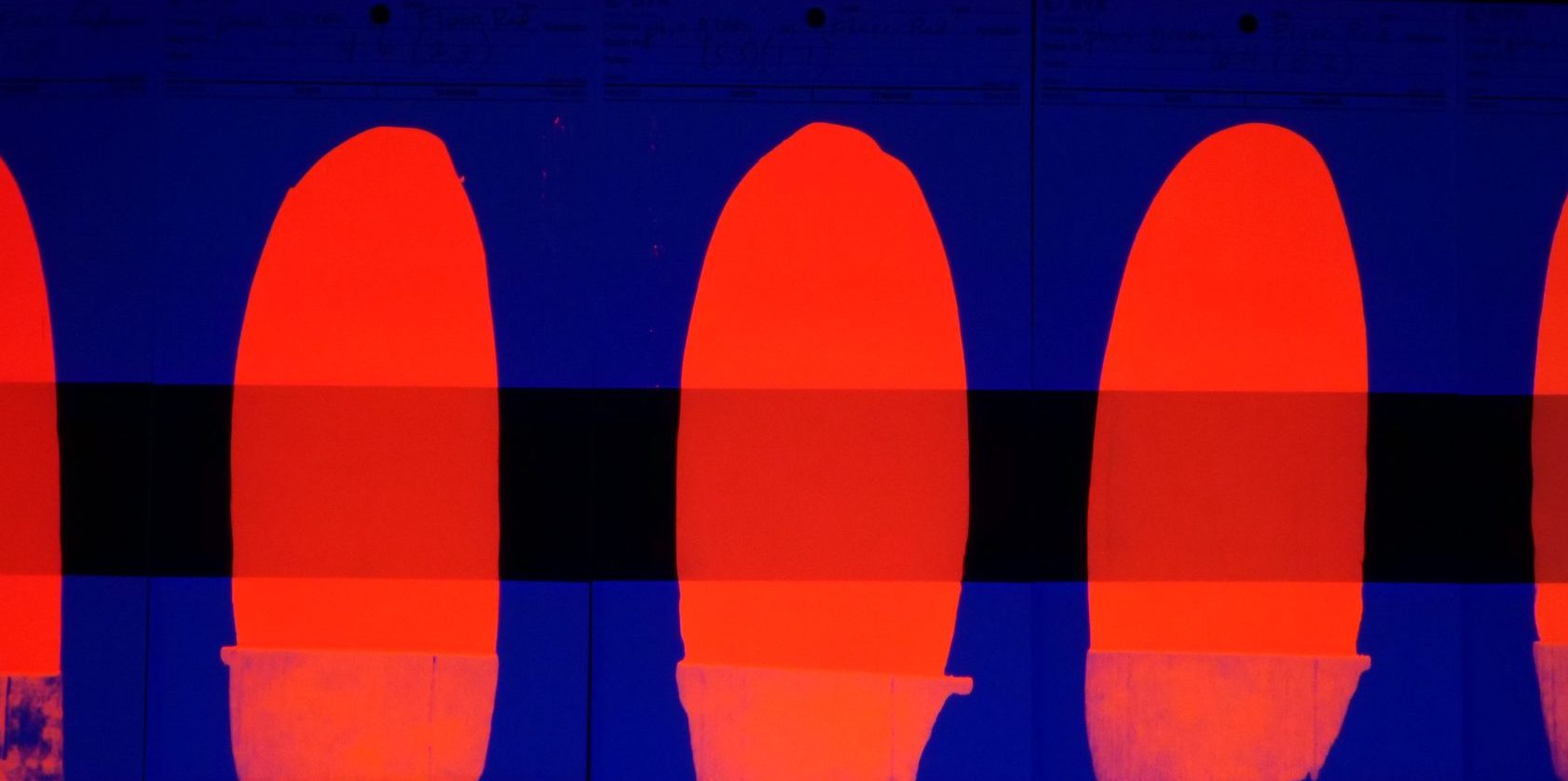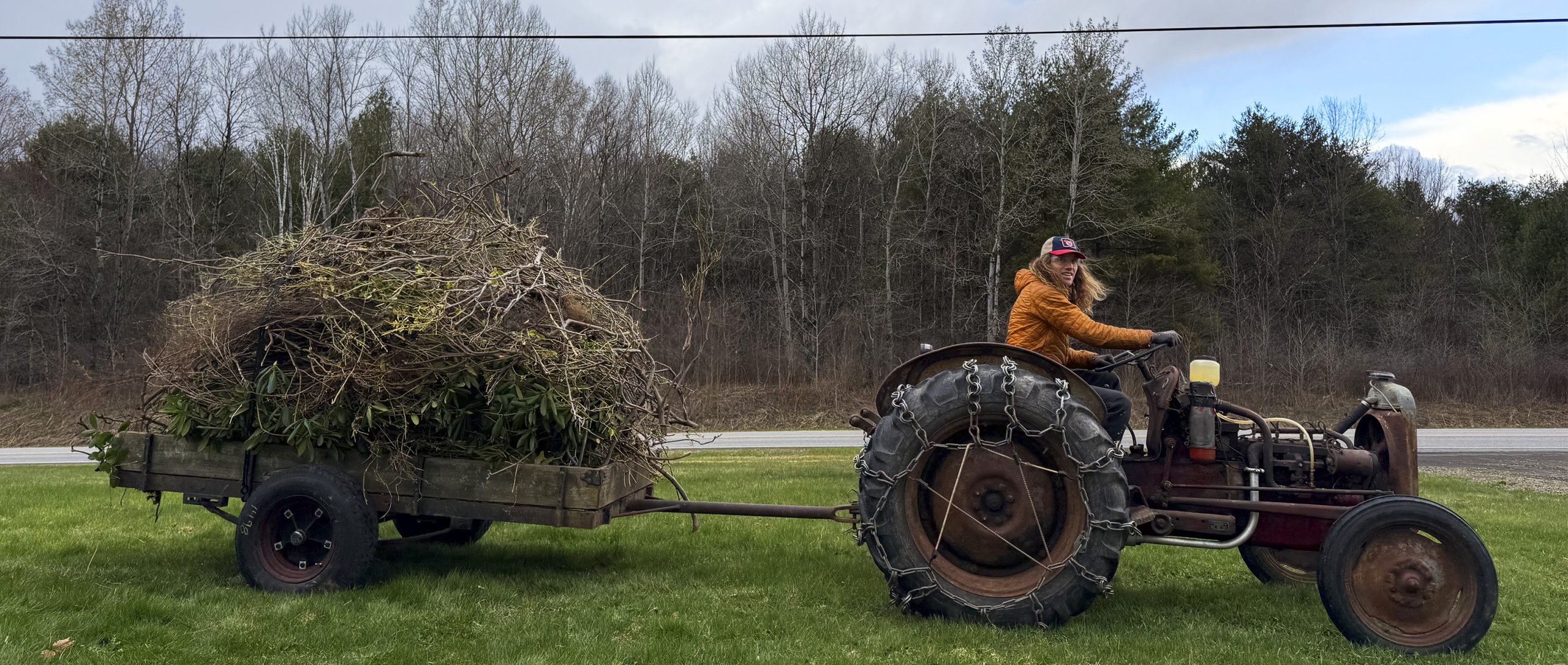
Meet Artist Gordon Millsaps – Materials & Applications Specialist at Golden Artist Colors
Mark Golden: Gordon, thank you so much for allowing me to explore your story and share it with our artist community. As our newest Materials and Applications Specialist, I’m sure they will get to know you and certainly appreciate your expertise, so thank you for this opportunity. Gordon Millsaps: Thanks

